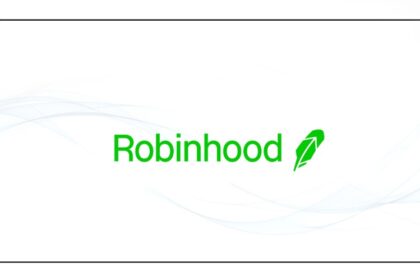Implementing robust Business Intelligence tools can make all the difference in gaining a competitive advantage in a day and age where data is the new currency. Power BI Financial Reporting has emerged as the top solution that businesses have been applying to improve their financial processes using custom BI reporting and automation of bookkeeping. The following section will detail in depth what exactly Power BI Financial Reporting is, its advantages, and how one can go about implementing it.
Power BI within financial reporting is a means of using the Power BI tool to bring about professional, interactive financial reports and dashboards. It utilizes high-end data visualization and analytics offered by Power BI to turn plain data into usable financial information. This platform helps facilitate the real-time processing of data that enables organizations to continuously monitor their financial position and thus enable them to make the right decisions at the right time.
Key Benefits
- Transform Your Month-End: Traditional month-end reporting can be a tedious and error-prone process. Power BI revolutionizes this by automating data collection and report generation, thereby accelerating the process and enhancing accuracy. This transformation not only speeds up the closing process but also ensures that reports are timely, comprehensive, and reliable.
- Freeing Up Time: Automated Power BI removes many of the routine tasks that fall within the ambit of data entry and compilation of various reports manually. This saves the finance team time that can be put to effective use in strategic tasks like financial analysis, budgeting, and planning. In this way, teams will be in a better position to contribute more effectively toward the growth of the business and the formulation of strategies.
- Data Integrity: With Power BI, data flows directly from the source systems into the reports, minimizing human intervention and thereby reducing the risk of errors. This heightened data integrity is crucial for maintaining accurate and reliable financial records, which form the basis for all financial decisions and compliance reports.
- Self-Serve Dashboards: Power BI opens the door to developing intuitive, self-service dashboards that allow varied users from across departments to access and interact with financial information of interest to them, with no deep training in BI. It is designed to display critical metrics like revenues, expenses, profitability, and cash flow trends in ways that help employees make better decisions.
- Relatively Cheap: Compared to other BI solutions, Power BI offers a cost-effective entry point with scalable options as business needs grow. This affordability makes advanced BI accessible to smaller businesses, not just large corporations.
How to Access Power BI Financial Reporting
For instance, the first step an organization would have to take is acquiring the proper license for Power BI, which would differ in type depending on the size and requirement of the organization. Then they would be able to set up the Power BI environment with an integration into their existing systems and data sources, including ERP systems, accounting software, or cloud-based data storage solutions.
Implementing Power BI Financial Reporting
Implementing Power BI Financial Reporting can be broken down into a few key steps:
- Data Integration: Securely connect Power BI to various financial data sources. This integration is critical for ensuring that all necessary data is automatically fed into Power BI for reporting.
- Report Design and Customization: Design custom reports and dashboards that align with specific business requirements. Power BI provides a range of customization options, from basic templates to advanced programming capabilities for more sophisticated needs.
- Deployment and Accessibility: Deploy these reports and dashboards to users across the organization via Power BI’s cloud service, ensuring that stakeholders can access real-time financial data from anywhere.
- Ongoing Training and Support: Provide ongoing training and support to users to maximize the utility of the deployed BI tools. Regular training sessions can help demystify the dashboards and encourage a data-driven culture.
Conclusion
Power BI financial reporting transitions from a passively backward-looking activity to an actively forward-looking one. Through Power BI, an organization can gain insights into real-time financial data, achieve improved data accuracy, and realize significant time savings in the financial function. By integrating automated bookkeeping, Power BI not only streamlines data entry and transaction recording processes but also ensures that financial data is consistently up-to-date and free from manual errors. This automation supports a more dynamic reporting environment where financial data is immediately available for analysis and decision-making. Such an all-encompassing approach not only smooths the financial reporting process but also drives businesses toward greater analytical maturity and strategic insight, ensuring that they are better equipped to respond to changing financial landscapes quickly and effectively.









